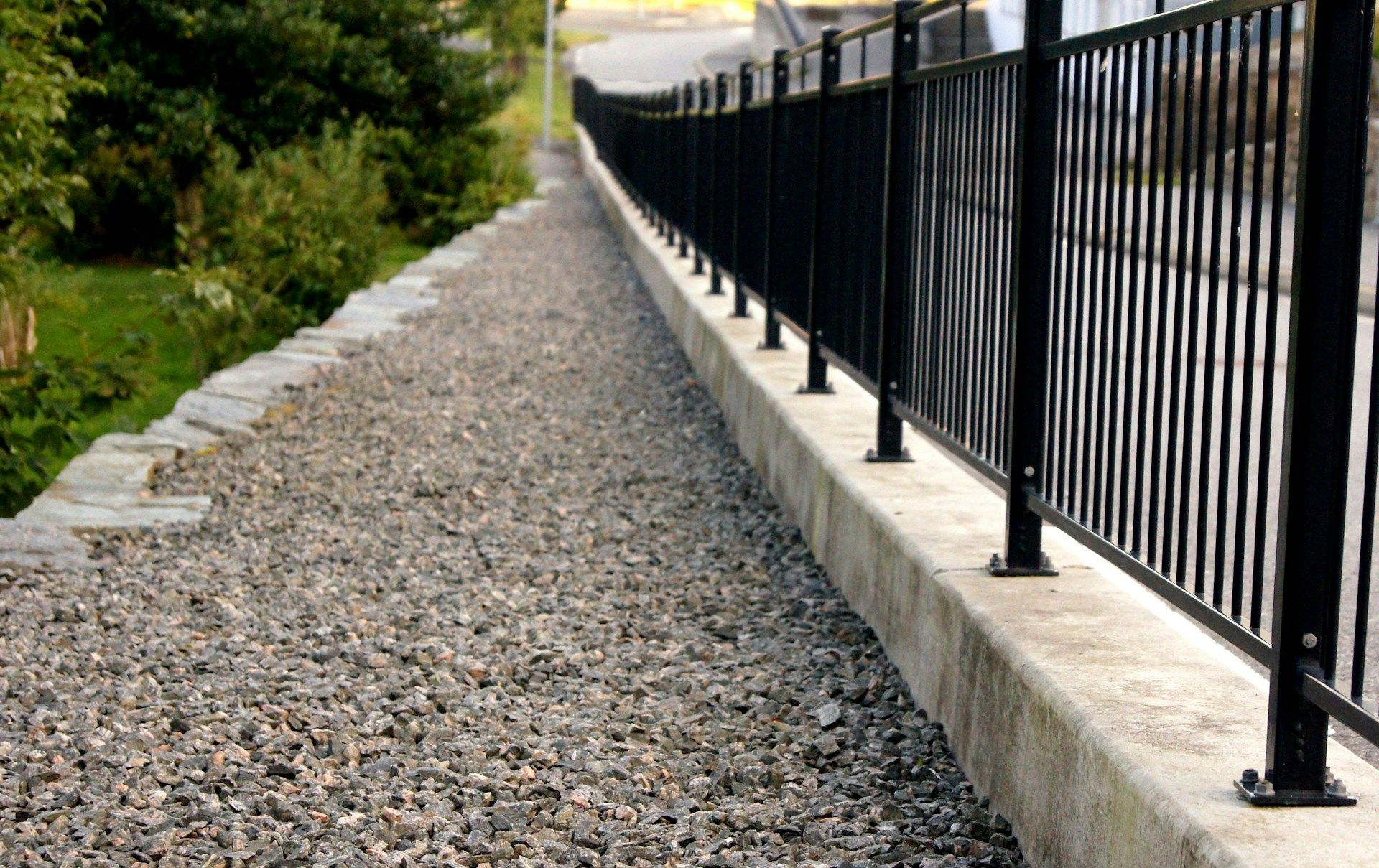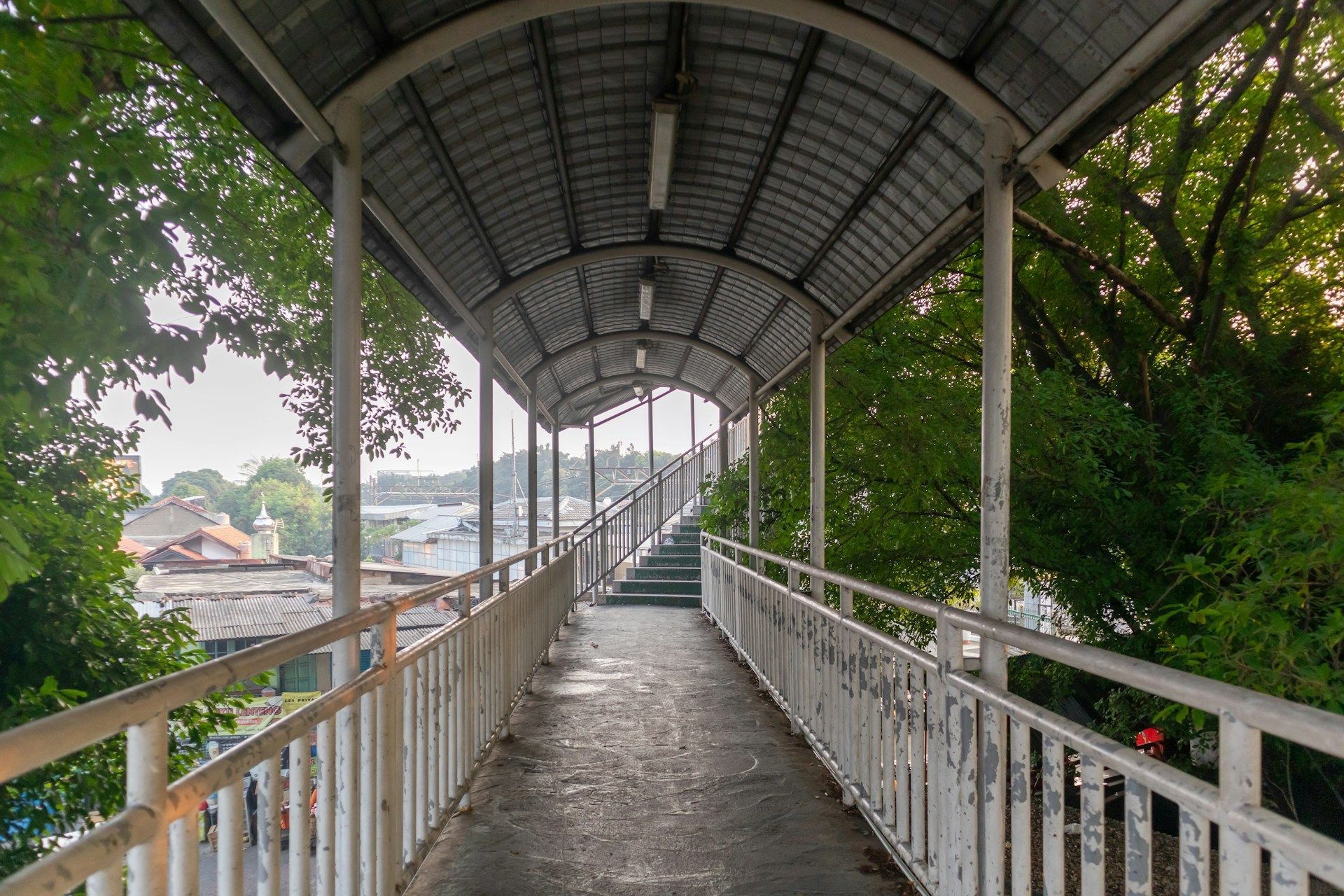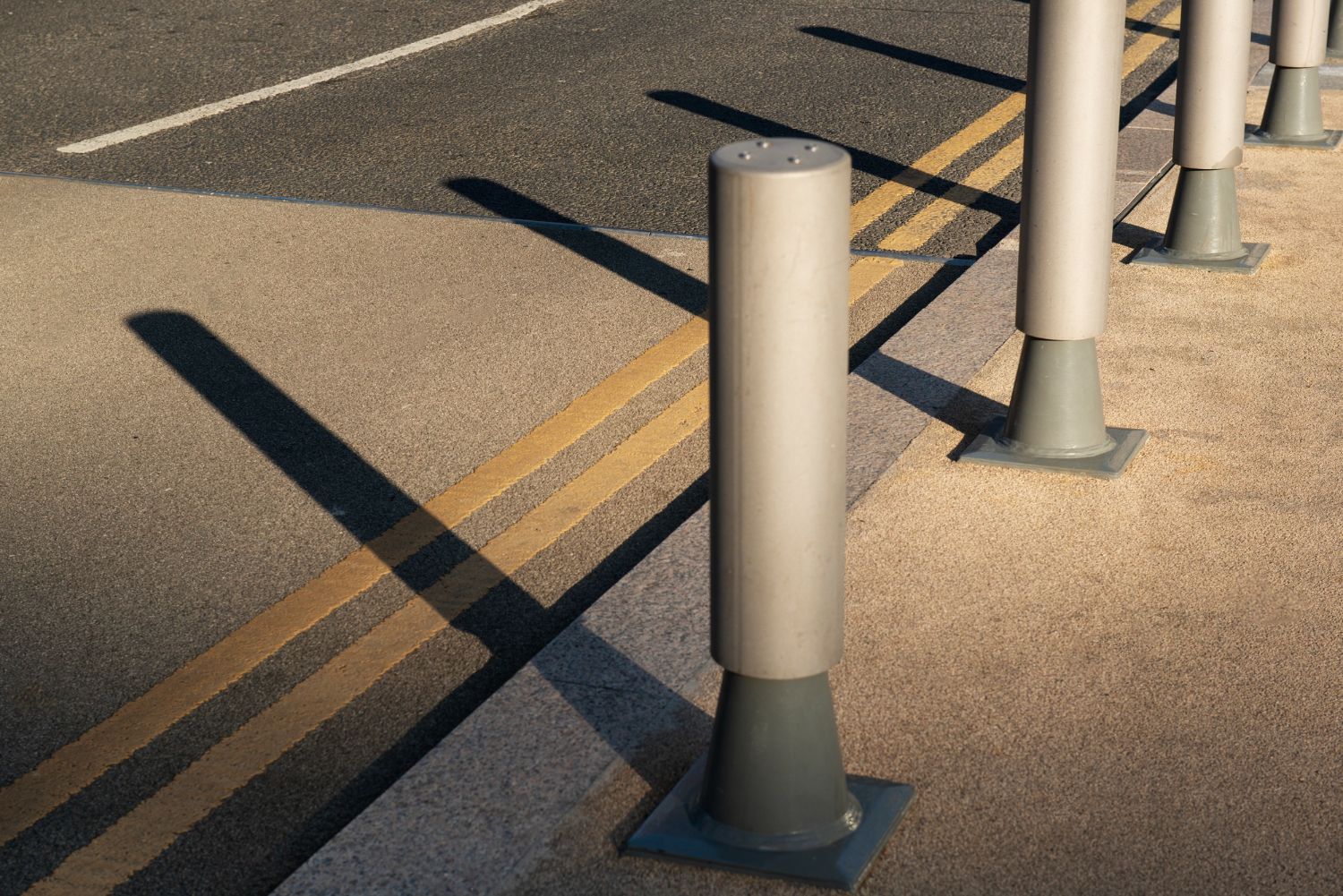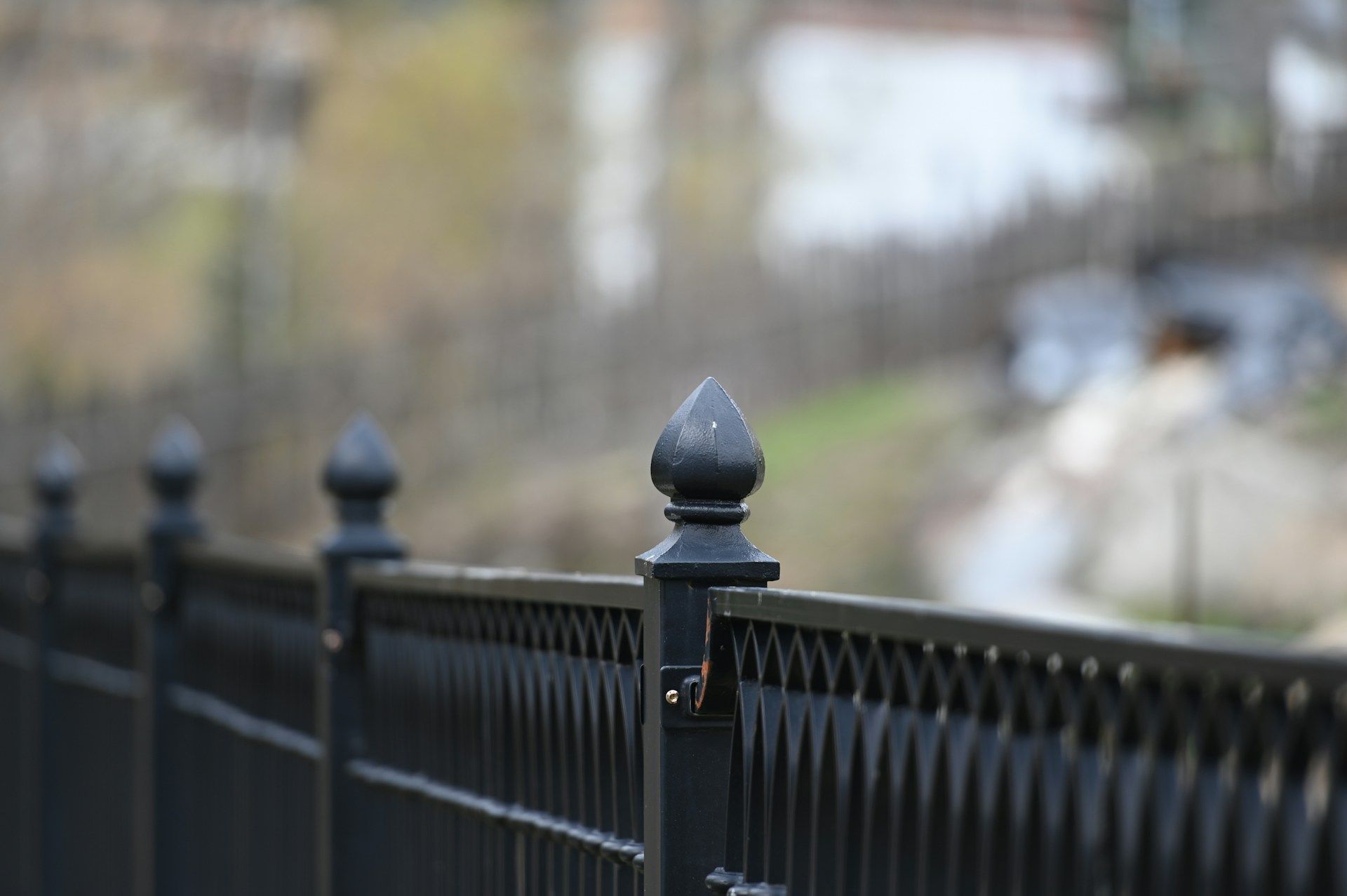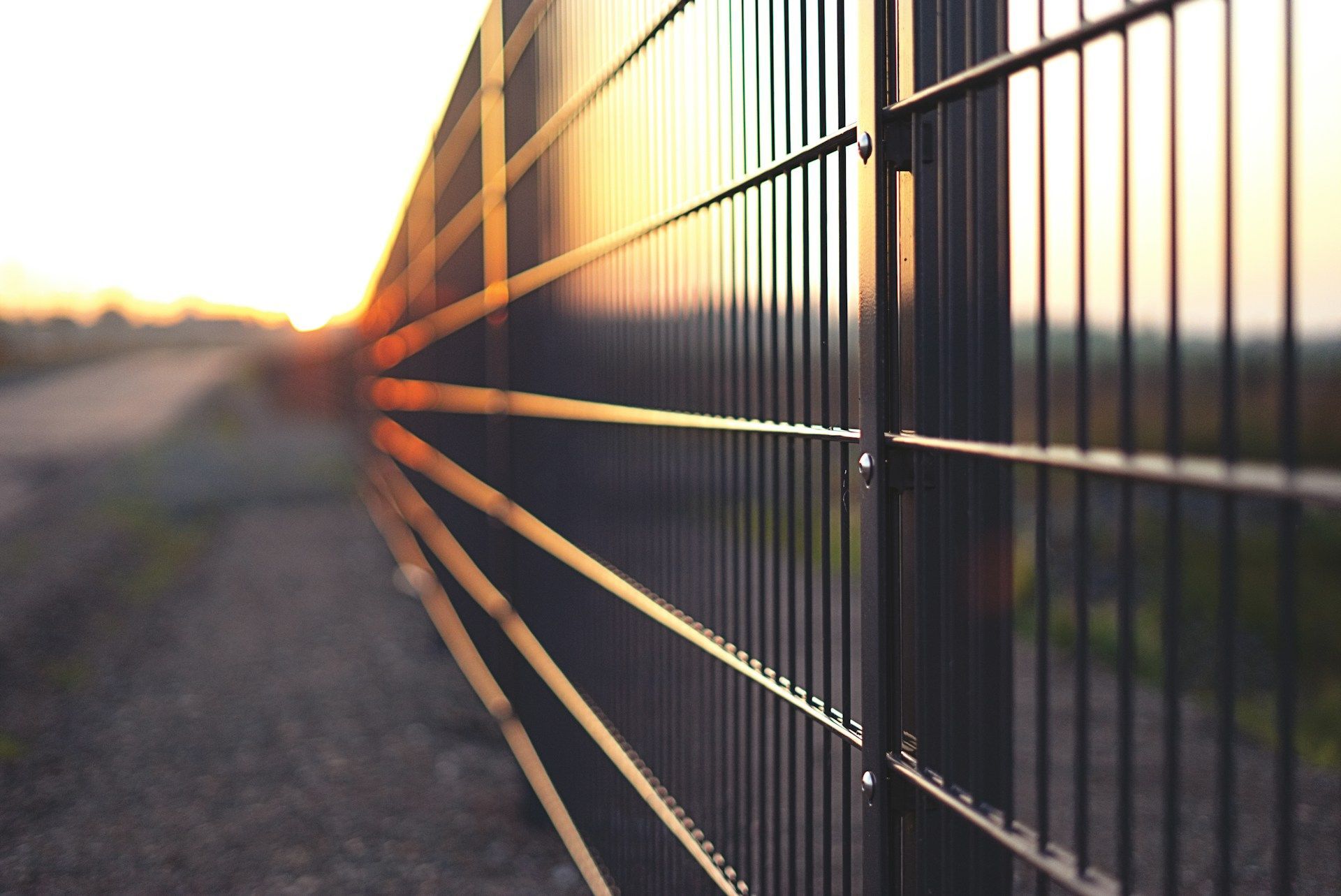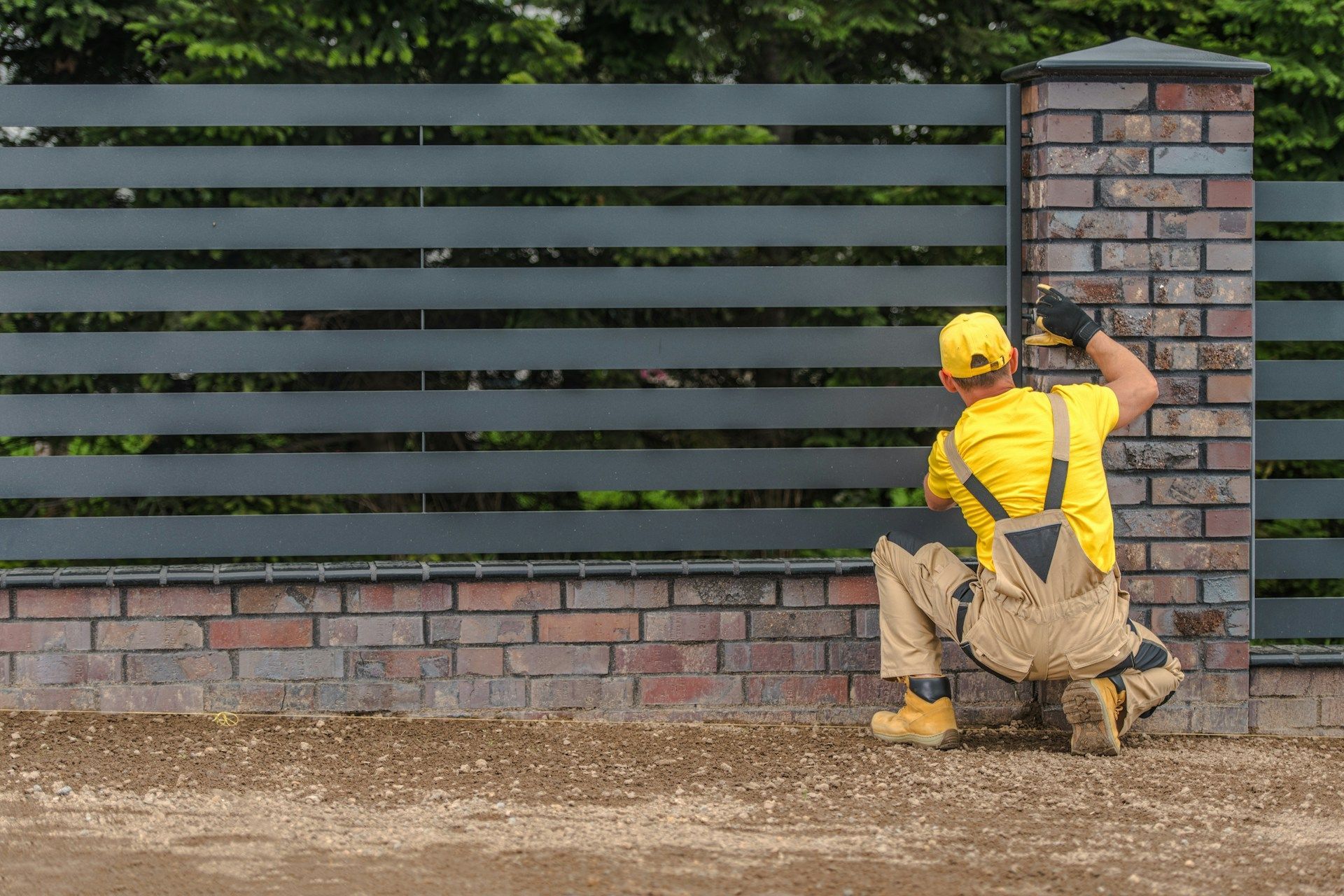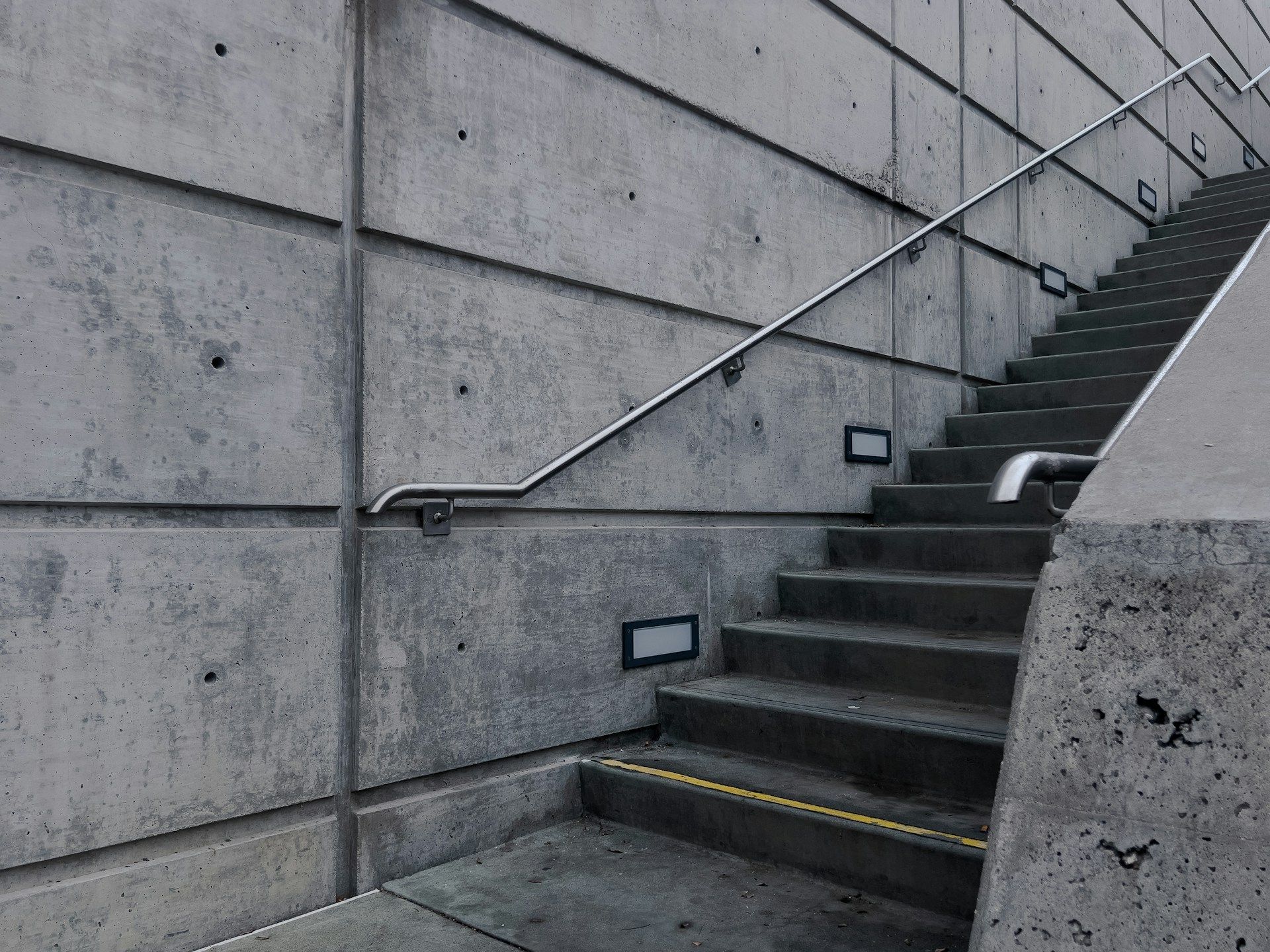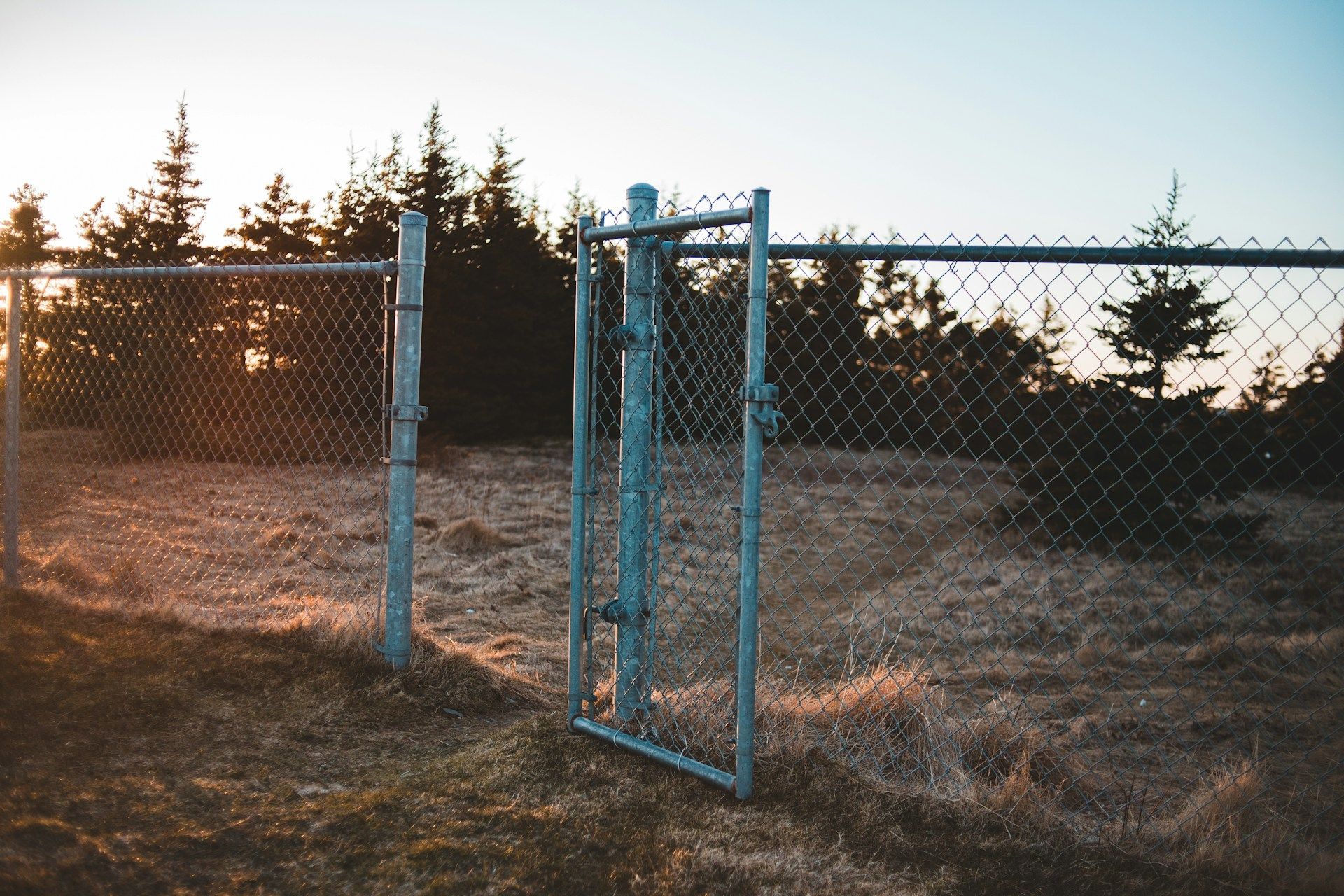Common Challenges in Commercial Fence Installation and How to Overcome Them
Installing a commercial fence might sound straightforward, but it comes with its own set of challenges. Business owners in Fresno, CA, often find that installing a fence can be trickier than it seems at first. This is especially true when you consider the unique factors that can impact the process. From dealing with the local terrain to navigating weather conditions unique to Fresno, each step requires careful thought and planning. Choosing the right fence contributes to both the security of your business and the aesthetic appeal of your property, making it a vital part of facility management.
Overcoming common challenges in commercial fence installation involves more than just setting posts and aligning panels. It requires understanding the specific needs of your site and planning accordingly. For business owners, especially those new to these considerations, it helps to get a clear picture of what these challenges might be and how best to handle them. Let’s explore what it takes to ensure a successful commercial fence installation in Fresno, highlighting the most common hurdles and the practical approaches to tackling them.
Identifying Site-Specific Issues
When installing a commercial fence, the first thing to consider is the specific characteristics of your site. Fresno's diverse terrain and weather conditions can complicate the installation process, making a one-size-fits-all approach ineffective. Addressing these site-specific issues upfront can save time and effort later.
- Soil Type and Terrain: Different soil types require different anchoring techniques. Sandy soil might need deeper posts for stability, while clay-rich areas may need extra drainage solutions to prevent water buildup around the base of the fence. Additionally, Fresno's varied terrain, including flat expanses and occasional hilly areas, can require special tools and techniques to ensure the fence is level and secure.
- Weather Impacts: Fresno experiences hot, dry summers and wet winters. These conditions can affect both the material choice and installation timing. For example, installing concrete footings during the hot summer months might require keeping them moist as they cure to prevent cracking. On the other hand, scheduling installations during wetter months might mean prepping pathways to the site to avoid muddy conditions that could delay the process.
Understanding these potential challenges allows you to make informed decisions. When considering factors like soil and weather, thoughtful planning is key. A well-planned strategy ensures your fence stands strong and saves you from future troubles, like tilting or sagging.
Dealing with Permitting and Regulations
Navigating the permitting process is often one of the less-talked-about challenges of fence installation. In Fresno, businesses must comply with specific codes and regulations that dictate what type of fencing is allowed, how tall it can be, and where it can be placed.
- Steps to Obtain Permits: Start by researching the local zoning laws or contacting the city’s permit office. Completing permit applications and providing site plans with precise measurements and proposed materials is typically required. This step is critical as skipping it can lead to fines or having to redo work that doesn't meet the local code.
- Importance of Compliance:
Adhering to these regulations not only avoids legal issues but also ensures that your fence aligns with regional aesthetics and community guidelines. For instance, local codes might restrict fence heights in certain districts to prevent obstructing views or sunlight. Understanding these guidelines before breaking ground will help you avoid costly adjustments and ensure your installation goes smoothly.
Properly handling permits and understanding regional regulations are crucial steps in ensuring the successful installation of your commercial fence. By doing your homework and consulting with local authorities, you can navigate this process more effectively, reducing the risk of complications during and after installation.
Handling Installation Complexities
Commercial fence installation isn't just about placing posts in the ground; it's a technical task that involves understanding several underlying aspects of your property. In Fresno, one challenge is dealing with underground utilities. Before starting the installation, it's important to identify the location of water pipes, electrical lines, or any other buried utilities. Failing to do so can lead to service interruptions or hazardous conditions.
When installing a fence, pre-existing structures might cause trouble as well. This includes anything from pavements to nearby buildings. Carefully plan out the fence line to avoid potential conflicts with these structures. It's also wise to consult property surveys and plats to confirm boundaries and prevent disputes with neighboring properties.
Ensuring proper alignment is paramount. A fence that's not upright or is wobbly will not serve its purpose well. Here are key tips to maintain stability and alignment:
- Use a String Line:
Stretch a string line between two stakes at either end of your intended fence line. This helps keep the posts in a straight line.
- Check Post Levels Frequently: As you set each post, use a level to make sure they're perfectly vertical.
- Brace Posts Until Set: Use wooden stakes and braces to hold posts in place until concrete footings fully cure.
By considering these factors, your installed fence will be secure, durable, and aesthetically pleasing, perfectly suiting the unique requirements of your business location.
Ensuring Long-Term Durability
A well-chosen fence can withstand Fresno's diverse weather conditions and last many years. Different materials offer varying levels of durability, so it's important to select one that aligns with the specific demands of your site. For areas that experience significant rainfall, using galvanized or powder-coated materials can limit rust and corrosion. If your business is located in an area with high heat exposure, wood with a UV-resistant finish could be a more suitable choice.
Regular maintenance is also a crucial aspect of extending the life of your commercial fence. Here’s a practical checklist to consider:
- Inspect Regularly:
Periodically check for signs of wear, such as rust, warping, or loose connections.
- Clean Surfaces: Remove dirt and debris from around the fence base, as these can trap moisture and cause decay.
- Treat Wood: Use sealants or stains to protect wooden components from weather damage and extend their lifespan.
- Repair Promptly: Address any minor damages quickly to prevent them from becoming bigger issues.
Choosing quality materials and sticking to a maintenance routine means your fence will not only look great but will also continually secure your property effectively.
Successful Fence Installation for Your Business
Navigating the challenges of commercial fence installation requires a thoughtful approach tailored to your specific location in Fresno. By considering site-specific issues, you can choose the best materials and installation techniques to suit the environment. Understanding local laws ensures compliance with regulations, avoiding fines and delays.
Proper installation practices contribute to a fence's strength, while maintenance routines extend its lifespan. These efforts create a secure perimeter that complements your business, enhancing both functionality and appearance. Addressing potential problems head-on allows you to focus on what's important: running a successful enterprise without unnecessary distractions or setbacks.
For those looking to ensure a reliable and secure fencing solution, California Commercial Fence is here to help. Explore our wide range of services tailored to meet the needs of your business. To learn more about
commercial fence installation, get in touch and see how we can assist you today.

